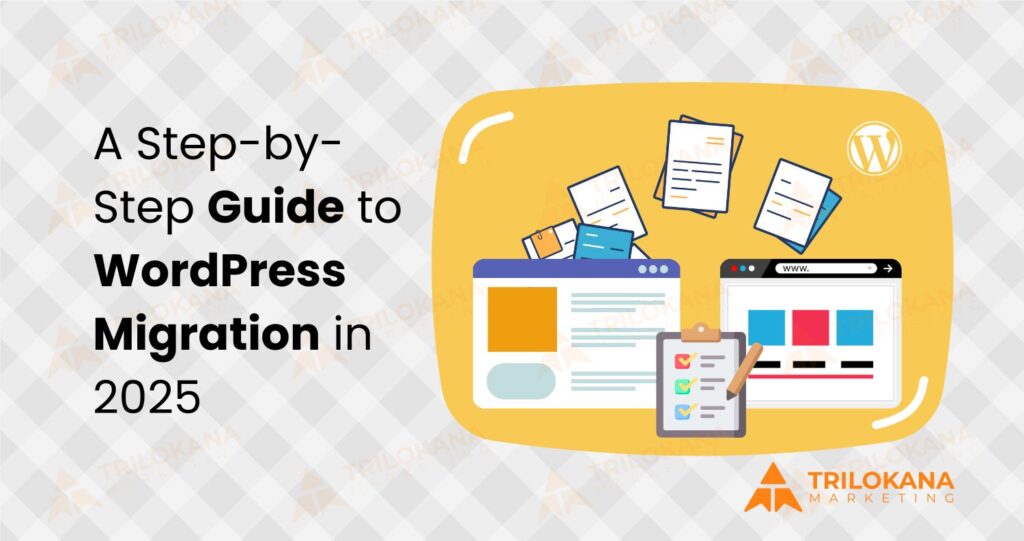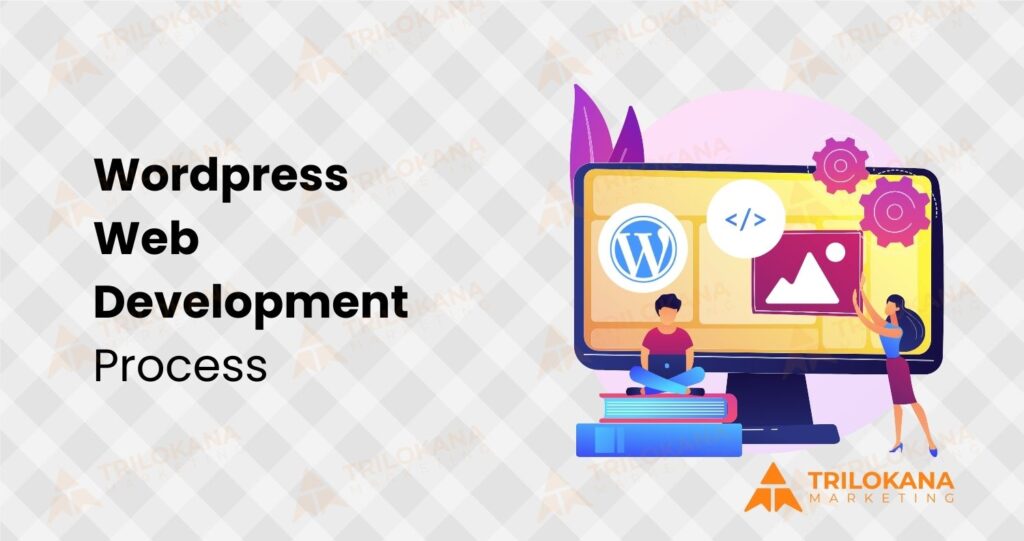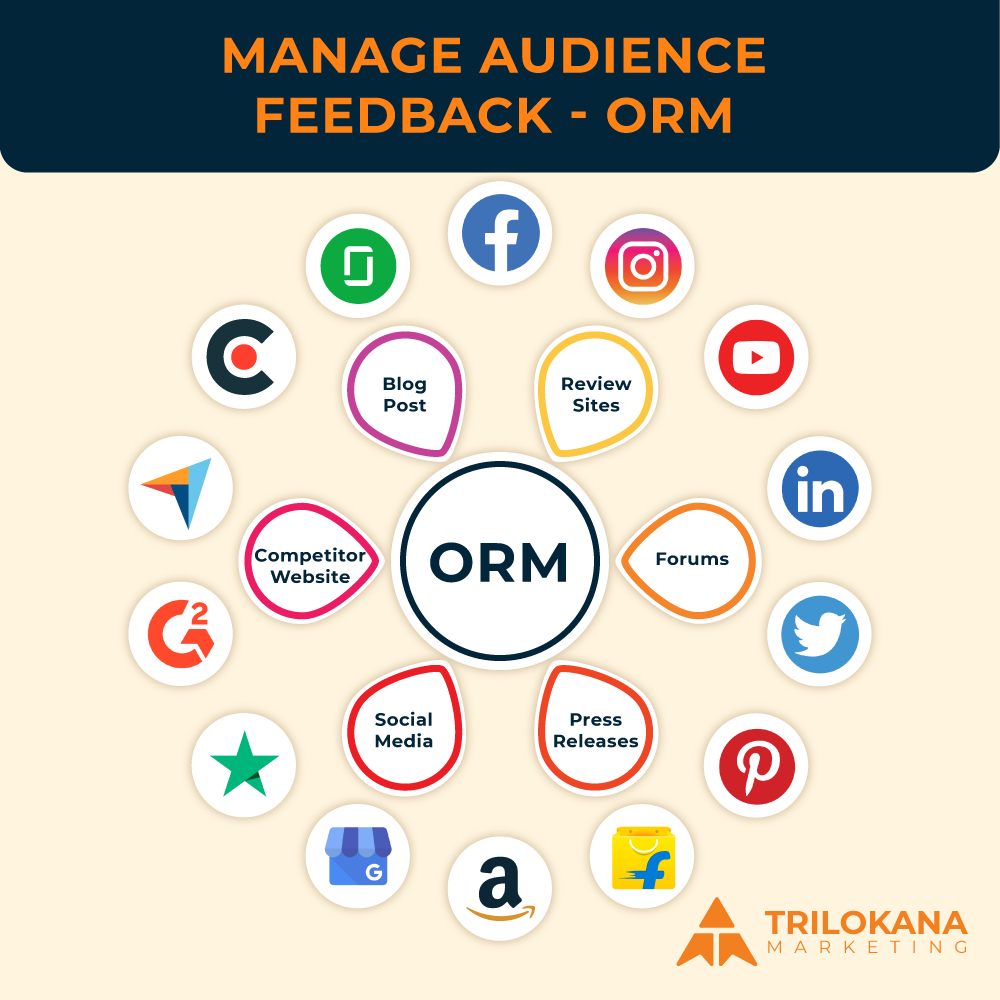How to Seamlessly Migrate Your Website to WordPress
Introduction
Migrating your website to WordPress can be a game-changer, offering greater flexibility, scalability, and ease of use. Whether you’re moving from a static HTML site, a different CMS, or an outdated WordPress version, a well-executed migration can significantly enhance your website’s performance and user experience. This comprehensive guide will walk you through each step of migrating your website to WordPress, ensuring a smooth and seamless transition.
Why Migrate to WordPress?
WordPress is renowned for its user-friendly interface, extensive plugin ecosystem, and customizable themes. Here are a few reasons why migrating to WordPress might be the right choice:
- Ease of Use: Manage your site with a user-friendly interface that doesn’t require coding skills.
- Customizability: Thousands of themes and plugins allow you to tailor your site to your specific needs.
- Scalability: WordPress grows with your business, accommodating everything from small blogs to large e-commerce sites.
- SEO Benefits: Built-in SEO tools and plugins help improve your site’s visibility and ranking on search engines.
Plan Your Migration
- Assess Your Current Site: Analyze your existing site’s structure, content, and functionality. Identify what needs to be migrated, such as pages, posts, images, and functionalities.
- Set Goals and Objectives: Define what you aim to achieve with the migration. This might include improved design, better performance, or enhanced functionality.
- Choose a WordPress Theme: Select a theme that aligns with your brand and meets your site’s needs. Ensure it’s responsive and compatible with essential plugins.
Backup Your Current Website
- Create a Full Backup: Use a backup tool or plugin to create a comprehensive backup of your existing site. This includes files, databases, and media.
- Store Backups Securely: Save your backups in multiple locations, such as cloud storage or external drives, to ensure data safety.
Set Up Your WordPress Environment
- Choose a Hosting Provider: Select a reliable hosting provider that offers good performance and support for WordPress.
- Install WordPress: Many hosting providers offer one-click WordPress installations. Alternatively, you can install WordPress manually by downloading it from WordPress.org and uploading it to your server.
- Configure Basic Settings: Set up your WordPress site by configuring essential settings, such as site title, tagline, and permalink structure.
Migrate Your Content
- Export Content from Old Site: Depending on your current CMS, use the export functionality to download your site’s content. For example, if you’re migrating from another WordPress site, you can use the WordPress Export Tool.
- Import Content into WordPress: Use the WordPress Import Tool to upload and import your content. If you’re moving from a different CMS, you may need to use specific migration plugins or manual methods to transfer content.
- Verify Content Accuracy: Check that all content has been transferred correctly. Look for any missing elements or formatting issues and address them.
Recreate Functionality
- Install Essential Plugins: Identify and install plugins that replicate the functionality of your old site. This might include SEO tools, contact forms, or e-commerce features.
- Configure Plugins: Set up each plugin according to your needs, ensuring they work seamlessly with your new WordPress environment.
- Test Functionality: Thoroughly test all features and functionalities to ensure they operate correctly on your new WordPress site.
Customize Your Design
- Select and Customize Your Theme: Apply your chosen WordPress theme and customize it to match your brand’s identity. Adjust colors, fonts, and layout to align with your design goals.
- Add Widgets and Menus: Configure widgets and menus to enhance your site’s navigation and user experience. Ensure they are well-organized and accessible.
Optimize for Performance
- Optimize Images: Compress and optimize images to improve page load times. Use plugins like Smush or ShortPixel for automated image optimization.
- Implement Caching: Install a caching plugin, such as W3 Total Cache or WP Super Cache, to enhance site performance and reduce load times.
- Minimize HTTP Requests: Reduce the number of HTTP requests by optimizing scripts and stylesheets. Combine files where possible to streamline site loading.
Test and Review
- Conduct Thorough Testing: Test your site across different browsers and devices to ensure compatibility and responsiveness. Check for broken links, missing images, and any other issues.
- Review SEO Settings: Verify that your SEO settings are correctly configured. Ensure meta tags, titles, and descriptions are properly set up.
- Check Analytics: Set up Google Analytics or your preferred tracking tool to monitor your site’s performance and gather data on user behavior.
Launch Your WordPress Site
- Update DNS Records: If you’re changing your domain or hosting provider, update your DNS records to point to your new WordPress site.
- Monitor the Launch: Keep a close eye on your site after launch to catch any issues that may arise. Address any problems promptly to ensure a smooth user experience.
Post-Launch Maintenance
- Regular Updates: Keep WordPress, themes, and plugins updated to ensure security and performance.
- Backup Regularly: Implement a regular backup schedule to safeguard your site’s data and facilitate easy recovery in case of issues.
- Monitor Performance: Use tools like Google PageSpeed Insights or GTmetrix to monitor your site’s performance and make necessary improvements.
Conclusion
Migrating your website to WordPress can significantly enhance its functionality, design, and performance. By following this comprehensive guide, you can ensure a seamless transition and make the most of WordPress’s powerful features. Whether you’re looking to improve user experience, increase site flexibility, or enhance performance, WordPress offers the tools and capabilities to achieve your goals.
For businesses seeking a hassle-free migration process, Trilokana Marketing provides expert services to make your WordPress transition smooth and successful. Contact us to start your journey toward a more dynamic and efficient website today.




